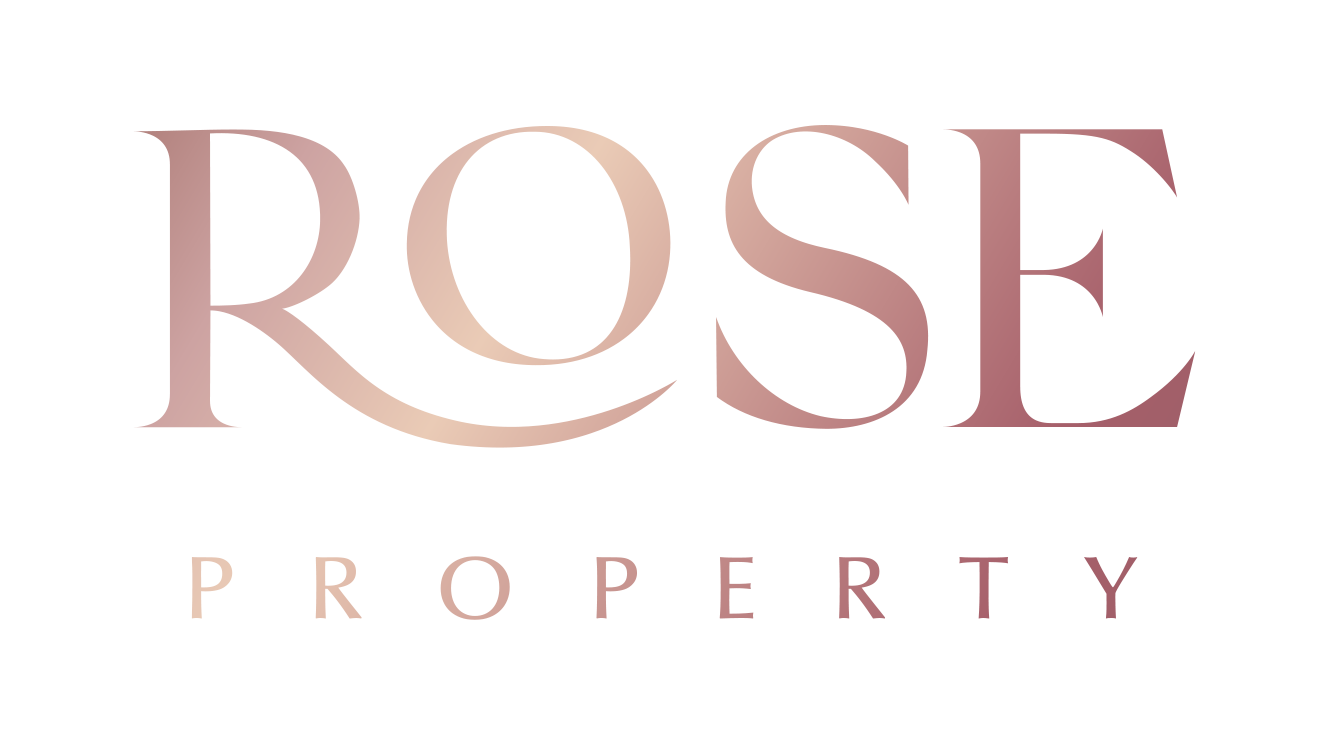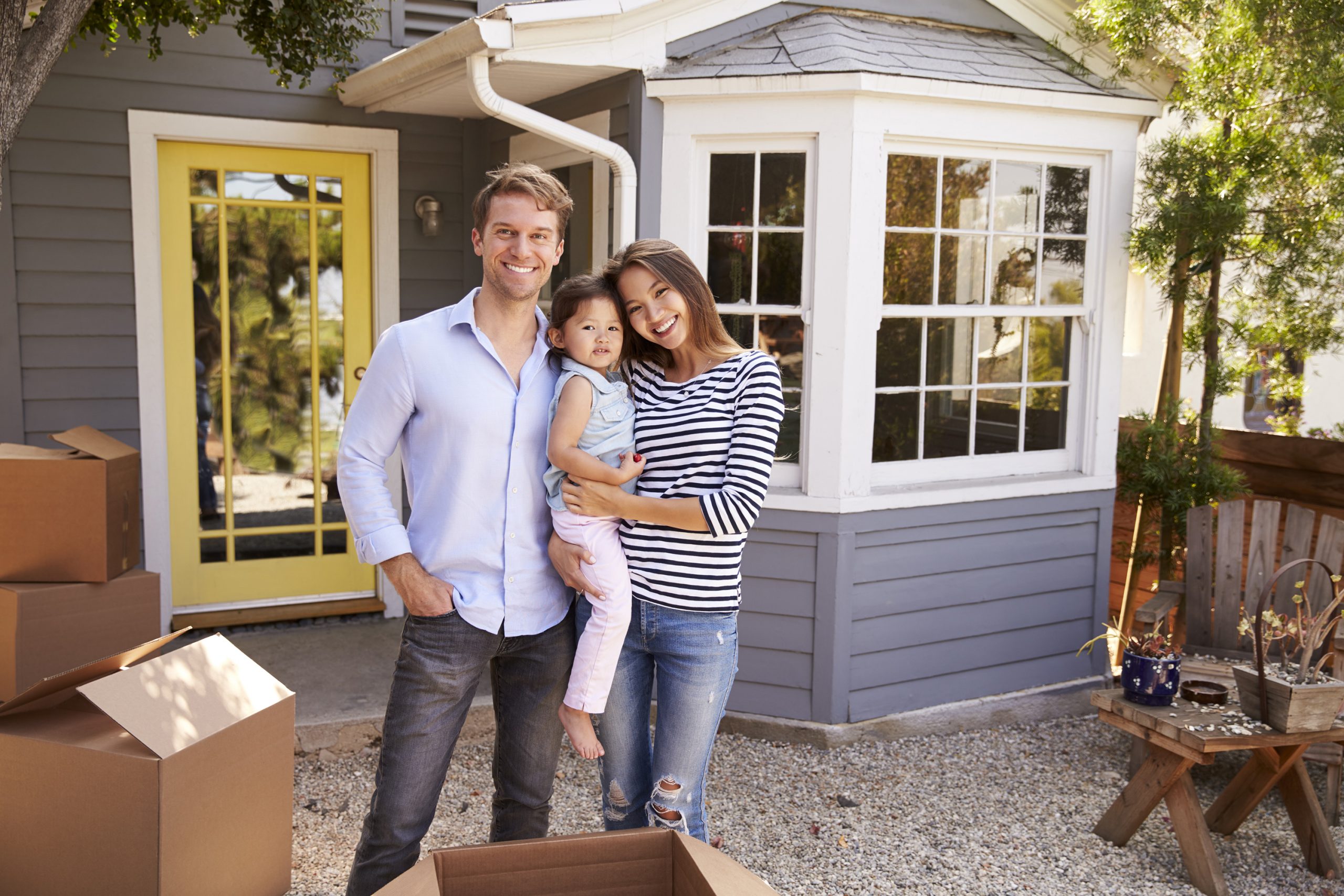What you consider essential when buying a property to live in is different to what you need to look for as an investor.
What makes a good investment property?
What makes a good investment property will come down to three key fundamentals: rental yield, capital growth potential and underlying demand.
Rental yield is especially important for a cashflow investment strategy. A property’s gross rental yield is calculated by taking the annual rental income, dividing it by the property value and then multiplying it by 100. For example, a property that earns $375 a week in rent, for a total of $19,500 a year, on a property purchased for $450,000, returns 4.3% gross rental yield.
The higher the yield, the better. But it isn’t everything.
Property experts advise you should ensure you choose a property that also has good capital growth potential. This means a property that will gain in market value over time.
Strong underlying demand means that tenants are more likely to apply for your property. A quality home in a desirable area that is well presented is more likely to have strong underlying demand.
So, while you should always crunch the numbers, don’t forget to assess the attractiveness of your property. Tenants are more likely to want to rent a well-presented property.
What kind of property should you buy for an investment?
You probably have your own preferences for the kind of property you would like to live in.
But the criteria for picking the perfect investment property isn’t necessarily the same.
Units/apartments versus houses
There’s a place for both houses and units in a property investment portfolio.
Houses are generally more expensive than units in a similar location. Houses in growing areas tend to experience higher capital growth than units or townhouses. But units may provide higher rental yields.
For houses, you’ll have complete responsibility for costs such as maintenance and insurance.
Units will usually have associated body corporate fees which should be factored into your budget as ongoing costs.
Location
You’ll never be able to change a property’s location. It’s a vital consideration when you’re looking to buy.
Once you have your budget sorted, look for the best suburb you can afford and spend some time in the neighbourhood.
Visit cafes, shops and recreation areas and get a feel for the kind of community that exists there. Look for features such as parks, walking tracks, beaches and bushland nearby that can also increase value. Of course, water or city views will also be desirable.
Proximity and transport to work centres is also something to consider. Property experts suggest looking for upcoming government infrastructure projects, such as major road links. In the short term, they could be drivers of demand for renters working on the project, while long-term these projects may improve commute times to major job hubs.
Don’t forget to explore neighbouring suburbs — you might find a property that still ticks all your boxes.
Contact local agents and ask them about the preferred areas in suburbs and any available properties.
Established versus new
There are pros and cons to both old (established) and new properties.
Because they are more likely to be tied to their own land, established homes may have greater potential for capital growth. There’s also broader scope for negotiation when purchasing and the ability to renovate or develop.
However, they typically have lower rental yields and may have higher maintenance costs.
If you buy a new property off-the-plan, there are higher depreciation benefits and potential stamp duty savings. Maintenance costs are typically lower.

